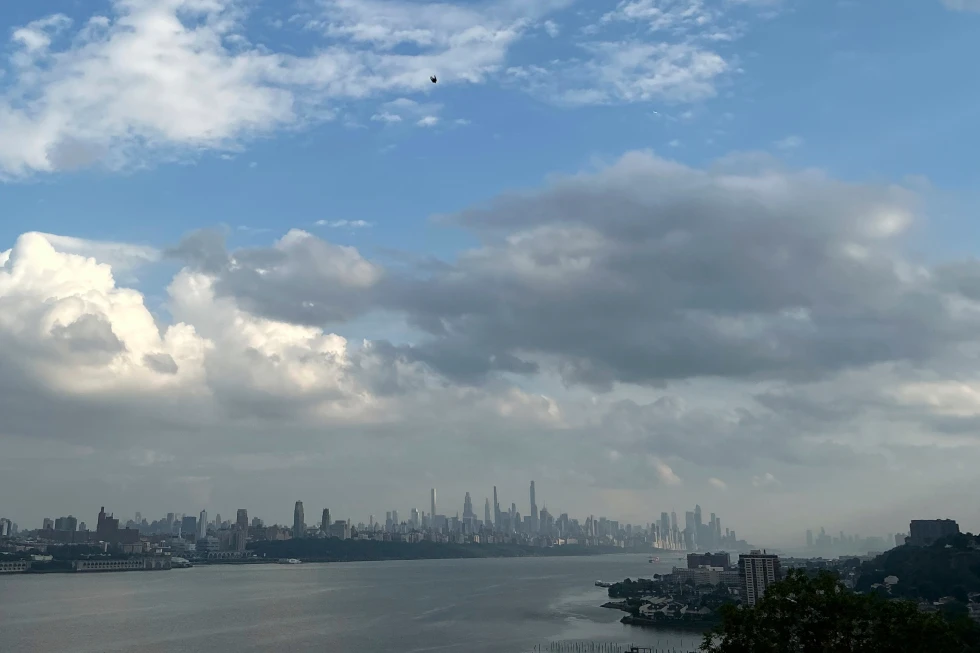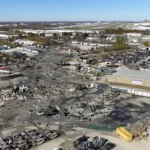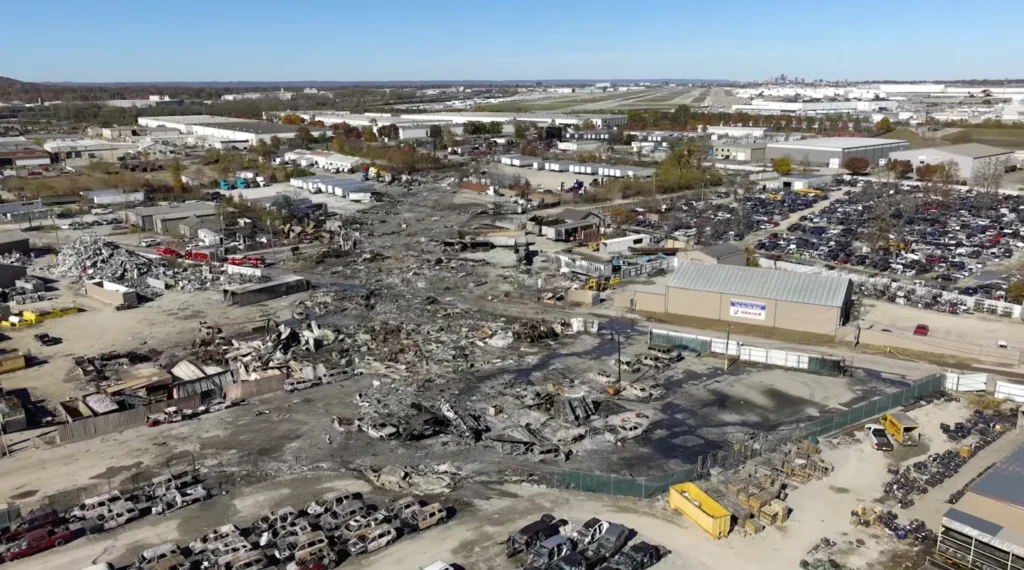3.0 Earthquake Shakes New York Metro Area

3.0 Earthquake Shakes New York Metro Area, No Damage Reported
A 3.0 magnitude earthquake struck the New York metropolitan area on Saturday night, briefly startling residents but causing no significant damage. The quake occurred at 10:18 p.m. Eastern time near Hasbrouck Heights, New Jersey, at a depth of approximately 6.2 miles (10 kilometers).
Despite its modest strength, the tremor was felt across northern New Jersey, parts of New York City, and even into southern Connecticut. The U.S. Geological Survey (USGS) reported over 10,000 responses to its “Did You Feel It?” portal. City officials confirmed there were no injuries or structural issues among New York’s 1 million buildings.
How Common Are Earthquakes in New York?
While major earthquakes are rare on the East Coast, small quakes occur every few years. According to the USGS, 43 earthquakes of 3.0 magnitude or higher have struck within 155 miles of this weekend’s event since 1950. In April 2024, a 4.8 magnitude quake in Tewksbury, New Jersey, was felt from Boston to Baltimore.
Geophysicist Jessica Turner of the National Earthquake Information Center emphasized that the Northeast experiences fewer large quakes than the West Coast. Still, tremors like this one are not unusual.
What Makes East Coast Earthquakes Different?
Unlike California, where quakes are frequent due to the San Andreas fault, New York lies in the middle of a tectonic plate. This makes quakes harder to predict but allows seismic waves to travel farther. Seismologist Lucy Jones explains that the denser, colder rock of the East Coast transmits energy more efficiently than the fractured geology of the West Coast.
Though the well-known Ramapo Fault lies nearby, experts say there is no clear link between the fault and Saturday’s tremor.
Could More Quakes Follow?
While every earthquake slightly increases the chances of another, experts believe a stronger quake is unlikely. “At just 3.0, the chances are there will not be another felt event,” said Jones. A small aftershock, possibly magnitude 1 or 2, could occur, but most likely it would go unnoticed.
Source: AP News
: 229







